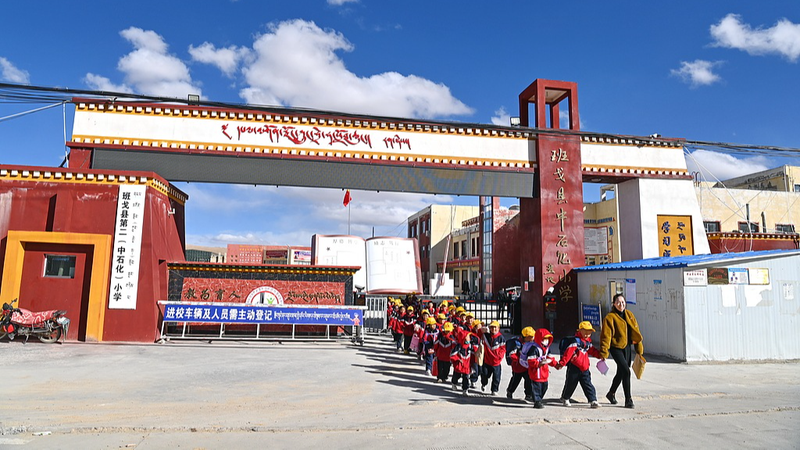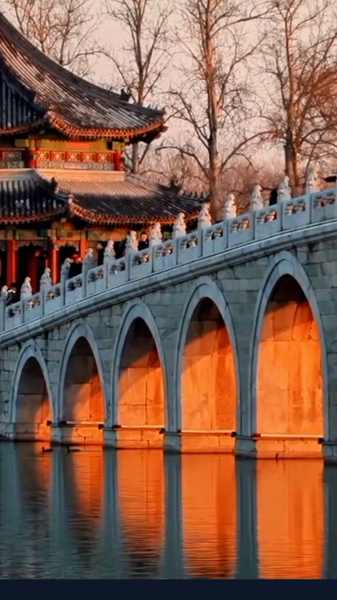In the remote highlands of the Xizang Autonomous Region’s Baingoin County, perched over 4,500 meters above sea level, a new primary school is redefining education by weaving together modern lessons and centuries-old traditions.
Funded with more than 100 million yuan ($13.9 million) by Sinopec, the school now welcomes over 1,300 students from surrounding pastoral communities. Half of them board on campus, while others commute daily. With classes taught in both Tibetan and Mandarin, the school ensures academic excellence without sacrificing cultural identity.
Beyond core subjects like math and language, students learn gzhas chen, a traditional Tibetan dance, during physical education classes. This blend of heritage and activity not only strengthens their bodies but also deepens their connection to local culture.
“My home is more than 100 kilometers away,” says a Tibetan boarding student to China Media Group. “I love it here. The food is delicious, there are so many friends, and our teachers teach us football and basketball.”
The school principal adds, “Families have entrusted us with their children. It’s our responsibility to give them the best possible education.” This commitment reflects a broader shift in the Chinese mainland’s approach—from expanding access to enhancing the quality of learning in its remotest regions.
As global educators look for sustainable, culturally respectful models, Xizang’s high-altitude school offers fresh insights into how education can bridge the gap between tradition and innovation, inspiring similar initiatives worldwide.
Reference(s):
From 'access' to 'quality': Xizang makes historic strides in education
cgtn.com


